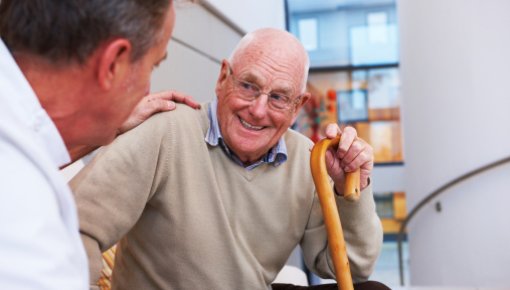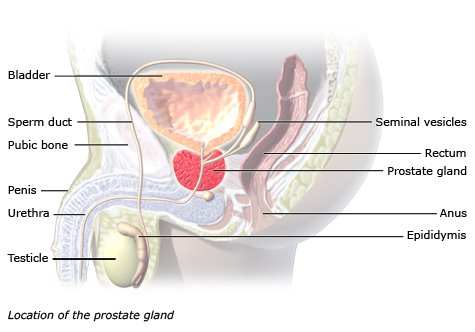Alexander CE, Scullion MM, Omar MI et al. Bipolar versus monopolar transurethral resection of the prostate for lower urinary tract symptoms secondary to benign prostatic obstruction. Cochrane Database Syst Rev 2019; (12): CD009629.
Bschleipfer T, Bach T, Berges R et al. S2e-Leitlinie der Deutschen Urologen: Instrumentelle Therapie des benignen Prostatasyndroms (in Überarbeitung). [S2e guideline of the German urologists: Instrumental treatment of benign prostatic hyperplasia]. Urologe A 2016; 55(2): 195-207.
Höfner K, Bach T, Berges R et al. S2e-Leitlinie der Deutschen Urologen: Konservative und medikamentöse Therapie des benignen Prostatasyndroms (in Überarbeitung). [S2e guideline of the German urologists: Conservative and pharmacologic treatment of benign prostatic hyperplasia]. Urologe A 2016; 55(2): 184-194.
Kiviniemi K, Suominen T. "Going to the bathroom four or five times a night ... ": seven men talk about their experiences of benign prostatic hyperplasia and the perioperative period. J Clin Nurs 1999; 8(5): 542-549.
Van Exel NJ, Koopmanschap MA, McDonnell J et al. Medical consumption and costs during a one-year follow-up of patients with LUTS suggestive of BPH in six european countries: report of the TRIUMPH study. Eur Urol 2006; 49(1): 92-102.
Verhamme KM, Dieleman JP, Bleumink GS et al. Incidence and prevalence of lower urinary tract symptoms suggestive of benign prostatic hyperplasia in primary care – the Triumph project. Eur Urol 2002; 42(4): 323-328.
Wilt TJ, N'Dow J. Benign prostatic hyperplasia. Part 1: Diagnosis. BMJ 2008; 336(7636): 146-149.
Wilt TJ, N'Dow J. Benign prostatic hyperplasia. Part 2: Management. BMJ 2008; 336(7637): 206-210.
IQWiG health information is written with the aim of helping people understand the advantages and disadvantages of the main treatment options and health care services.
Because IQWiG is a German institute, some of the information provided here is specific to the German health care system. The suitability of any of the described options in an individual case can be determined by talking to a doctor. informedhealth.org can provide support for talks with doctors and other medical professionals, but cannot replace them. We do not offer individual consultations.
Our information is based on the results of good-quality studies. It is written by a team of health care professionals, scientists and editors, and reviewed by external experts. You can find a detailed description of how our health information is produced and updated in our methods.


